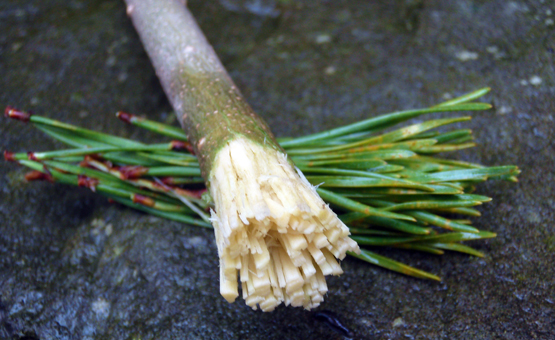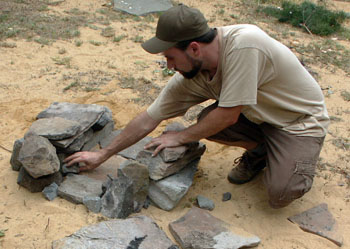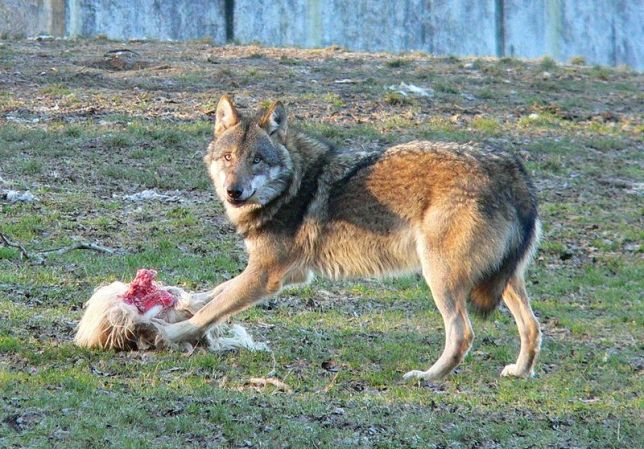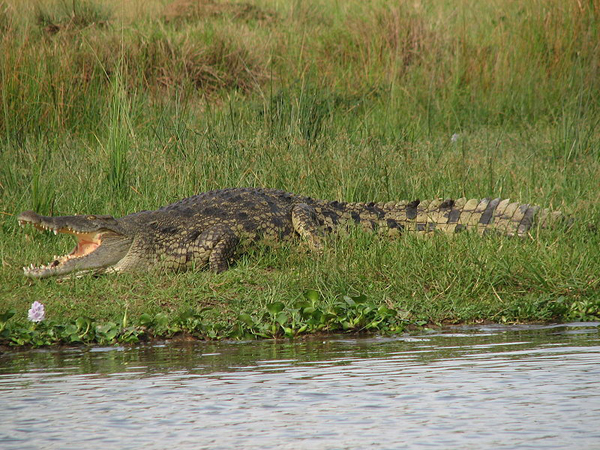
The Nile Crocodile is the largest croc in Africa and can grow to more than 18 feet in length. These crocs are known for ambushing prey such as zebras and gazelles, along the river's edge, but they've also been known to attack humans. Photo: bobisbob

The King Cobra is the longest venomous snake in the world and can grow up to 18 feet in length. Each year about 50,000 people die from snake bites in India and the King Cobra is one of the lead contributors to this death toll. Photo: Hari Prasad

When people talk about dangerous African rhinos they're talking about black or white rhinos. They're big, fast, built like a tank and armed with dagger-like horns. You do not want to get one of these big boys angry. Photo: Frank Vassen
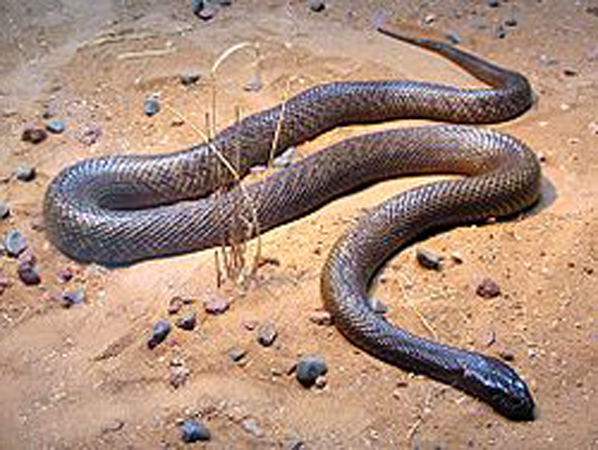
This Australia native is the most venomous land snake on earth. The venom delivered in a single Taipan bite is enough to kill up to 12,000 guinea pigs. The Taipan's venom is 50 times as toxic as a cobra's and can kill an adult human in less than 45 minutes. Photo: xlerate

Bengal tigers can grow to massive sizes, with one big cat for Nepal officially weighing 857 pounds. Even with their large size, Bengal tigers are stealthy and lightning fast. Some notorious tigers in India have killed hundreds of people. Photo: Koshyk

The Blue Krait can be found in Southeast Asia and Indonesia and is a highly venomous snake. Fortunately, it's nocturnal and usually docile during the daylight hours, but Blue Kraits have been known to attack when startled. The majority of its bites are fatal.

Whitetails kill far more people than any other game animal in North America due to car accidents. But from time to time, deer attack people as well. This usually occurs in the rut when bucks are super aggressive and looking for a fight. Photo: emery_way

Makos are sleek, powerful killers and known to be ferocious fighters. They can grow to be 13 feet long, can swim up to 22 mph and can jump 20 feet out of the air. They also sport a mouthful of nasty teeth that are visible even when their mouths are closed.

This snake, also known as Daboia, is found throughout Asia. It is one of the four most venomous snakes in India and kills more people than almost any other snake in the world. It can grow up to five feet long and its Hindi name means "The Lurker." Photo: Jwinius

This is a highly venomous viper snake found in the Middle East and Asia. The snake is usually nocturnal and is known for hiding under rocks and fallen logs. When a threat gets too close, they make a sizzling sound as a warning. Photo: TimVickers

According to National Geographic, at least 500 people are killed by elephants each year, and the numbers are going up. There's not much you can do against an angry charging elephant, unless you have a really, really big gun. Photo: Stuart Bassil

New research has suggested that lions in certain areas have incorporated humans as a part of their regular diet. This means that lion attacks in some reaches of Africa are not the exception, but the rule. While accurate numbers of lion-related deaths are hard to come by, the figures range in the hundreds each year. Photo: Corey Leopold

The Australian Brown is an extremely venomous snake from Australia, and just 1/14,000 of an ounce of its venom is enough to kill a human. Symptoms of a brown snake bite include: abdominal pain, breathing and swallowing difficulty, convulsions and renal failure. These snakes are known for being startled easily and are not afraid to attack any potential threats. Photo: Rob Ahern

Hyenas are Africa's most common large carnivore and can be a nasty quarry. They run in packs and are mostly scavengers, however they are also skilled hunters and have been known to kill people. Photo: appenz
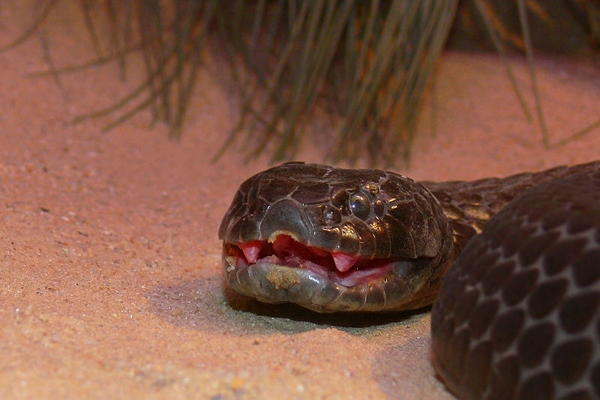
The Tiger snake, found in Australia, has a very potent neurotoxic venom, which can cause paralysis or death in only 30 minutes. It's estimated that about 60 percent of its bites are fatal. Photo: benjamint444

Hippos have been said to kill more people than any other big game animal in Africa. They look slow and docile, but hippos have incredibly powerful jaws and can turn aggressive in a flash. In 2003 the former Miss South Africa was attacked and gored by a hippo while paddling down a river. Photo: nilsrinaldi

This is one of the few venomous lizards in the world. But luckily the Mexican Beaded Lizard doesn't usually attack people unless it is provoked. It lives in Guatemala and Mexico and can grow up to two feet in length. Photo: PiccoloNamek

Black mambas are typically brown, but they get their name from the blackness of the inside of their mouths. They're found in eastern Africa and live in rocky hills and savannas. They can grow up to 14 feet long and they are one of the fastest snakes in the world: they can slither along at up to 12.5 miles per hour. Black mambas are highly venomous and if not treated, their bites are fatal almost 100 percent of the time.

The puff adder is a venomous viper species found in Arabia and Africa. It has a short stocky body compared to most snakes and a blunt nose. The puff adder has long fangs that sink its venom deep into its victims. It is responsible for more snakebite deaths in Africa than almost any other snake.

They don't call the cape buffalo the Black Death for nothing. Big buffs are tough to kill and are known for charging when wounded or threatened. Photo: fwooper

Leopards are not as big as lions or tigers, but they're still considered one of the world's most dangerous animals. They are lightning fast and regularly charge instead of running away when wounded. Sick or wounded leopards also target humans as easy prey instead of hunting wild animals, inspiring the proverb: "He who dines with the leopard is liable to be eaten." Photo: Caelio
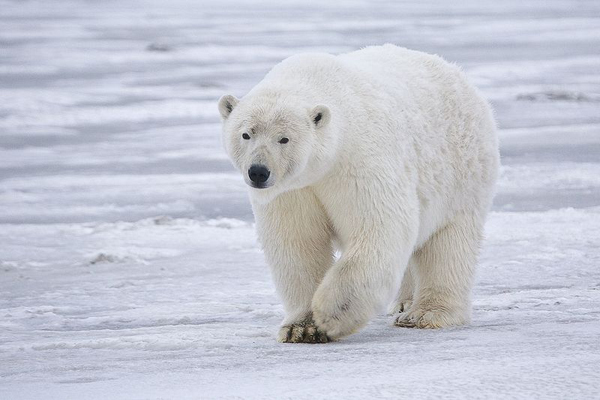
Since polar bears live in remote areas, human attacks are a fairly rare occurrence (there are several cases of zoo polar bears attacking visitors). However many experts say polar bears are the most dangerous bear species. They are opportunistic killers and are bigger and more powerful than grizzly bears. Photo: Connormah

A single piranha is not much to be concerned about, but when a school of piranhas breaks into a feeding frenzy, it's time to get out of the water. Although the tales of piranhas devouring a human in seconds are greatly exaggerated, the fish have attacked swimmers and bathers in South America. Photo: alexdi

The Eurasian wolf is a subspecies of the Gray Wolf, and today its main home range is central Asia. They form smaller packs than wolves in North America, and while wolf attacks are an extreme rarity in the U.S., throughout history wolves have killed hundreds of people in Europe and Asia. Photo: wolf_kolmarden
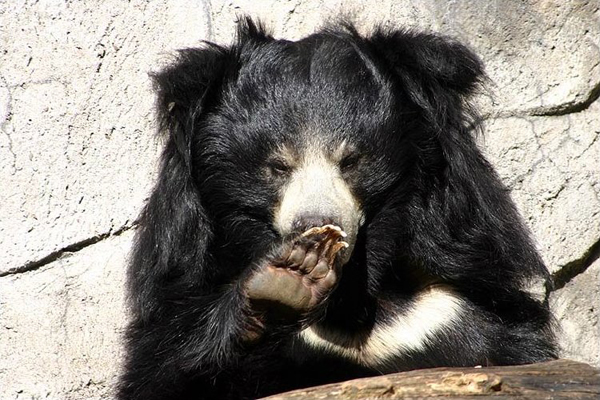
The sloth bear may not look like a killer, but it's been known to attack people unprovoked, often mauling its victims badly around the face and neck. The species is native to India. Photo: kelson
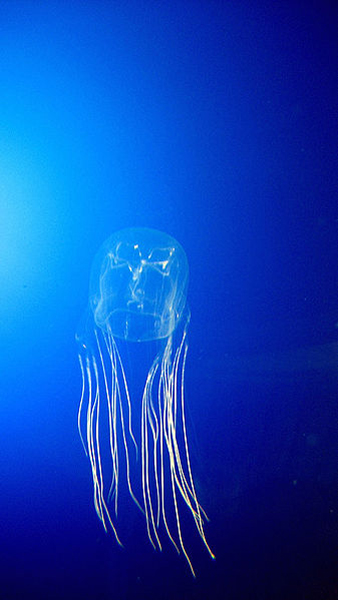
This jellyfish, also known as the "sea wasp," is the most venomous sea creature known to man. Although it's hard to imagine that such a frail-looking creature could be deadly, each of its tentacles is full of enough venom to kill several people. Through the years the species has killed thousands of people. Photo: Japon
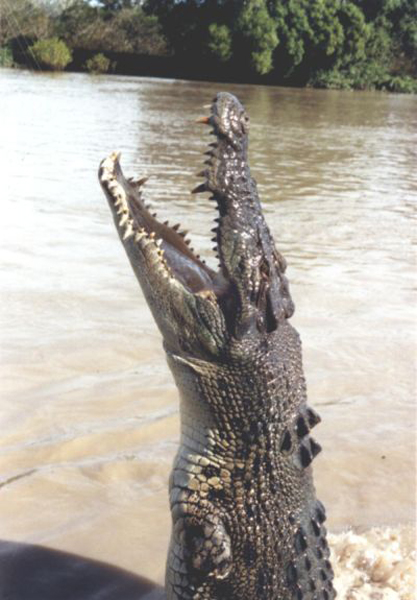
The saltwater crocodile is the largest reptile on the planet and can grow to more than 23 feet in length. This is plenty large enough to make an easy meal out of a human. More than 2,000 people are killed by crocs each year. Saltwater crocs are found ranging from northern Australia to southeast Asia.
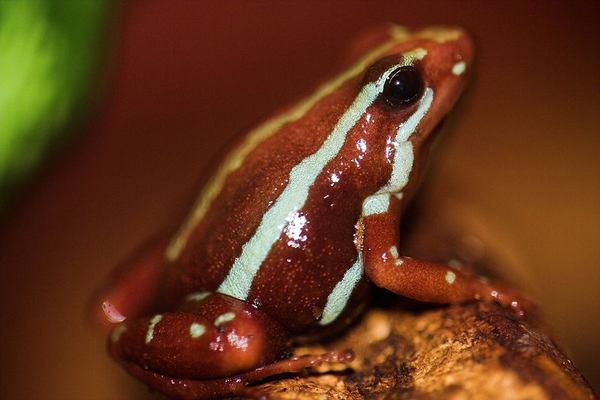
This little frog is native to the rainforests of South America. They vary greatly in color and level of toxicity. The most venomous frogs have venom that is strong enough to kill 10 men. They're called dart frogs because natives used the frogs' poison to tip their darts. Photo: liquidghoul

This octopus is about the size of a a golf ball but it carries enough poison to kill 26 adult humans. It's considered to be one of the most venomous animals in the world. The blue-ringed octopus can be found in the Pacific Ocean ranging from Japan south to Australia. Photo: Jens Petersen

The stonefish is the most venomous fish in the world, storing toxins in its many spines. Symptoms from a stonefish sting include: shock, paralysis and tissue death. They live in tropical marine waters in the Pacific and Indian oceans.

There are seven different species of these Australian snakes. A death adder's bite causes paralysis and can completely shutdown the respiratory system in just six hours. Their tail looks wormlike and they use it to attract prey animals. Photo: Petra Karstedt
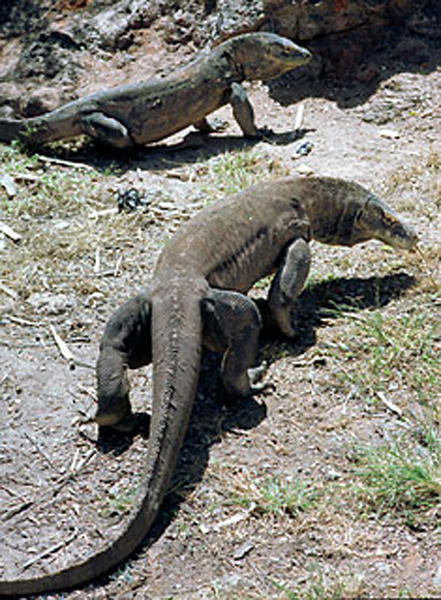
Komodo Dragons have been around for millions of years and closely resemble dinosaurs. They can grow 10 feet long and weigh 300 pounds, making them the heaviest lizards on earth. They have deadly saliva that is full of bacteria. Dragons will bite their prey once and then let it go instead of struggling to kill it. Then they'll follow their wounded prey and wait for it to die of blood poisoning. It's estimated that about 2,500 people have been attacked by Komodo Dragons in the wild.

This fish has venomous spines, but for the most part, the venom is not fatal to humans. However it can cause vomiting, headaches and breathing difficulties. The fish is found in Indo-Pacific waters, but has recently made its way to the U.S. coasts. Photo: Jens Petersen
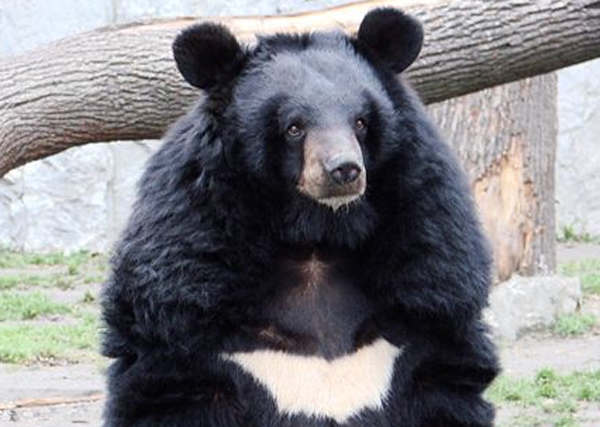
Asian black bears, relatives to our American black bear, are generally herbivorous. But they have been known to violently maul people when provoked. Photo: Guerin Nicolas

Cudas can cruise at up to 25 mph and are armed with rows of piercing teeth. Occasionally barracudas leap out of the water and pierce unsuspecting fishermen. Some barracuda species can grow up to six feet in length. Photo: petersbar

Moray eels can grow 13 feet long and spend most of their time lurking on the ocean floor. They attack humans out of self defense or when they mistake arms or legs for prey species. Typically these attacks are not fatal. Photo: Jens Petersen
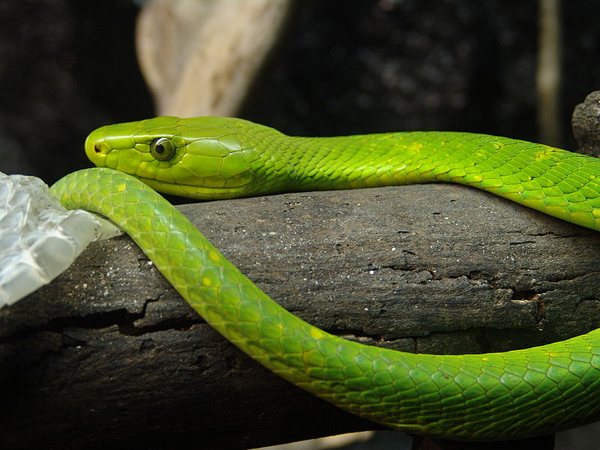
The green mamba isn't as well-known as the black mamba and it's smaller and less aggressive than its notorious relative. But a green mamba's bite can still be fatal to people and it can grow to six feet long. Photo: Danleo

The oceanic whitetip swims warm deep ocean waters, but hangs out near the surface looking for food. Whitetips are known for being thrown into feeding frenzies that can mean certain death for an unlucky swimmer. Photo: oldakQuill

Because sand tigers inhabit shallow waters, human encounters are not uncommon. They have violent-looking teeth for piercing their prey. These sharks are found in the Atlantic, Pacific and Indian oceans. Photo: Richard Ling
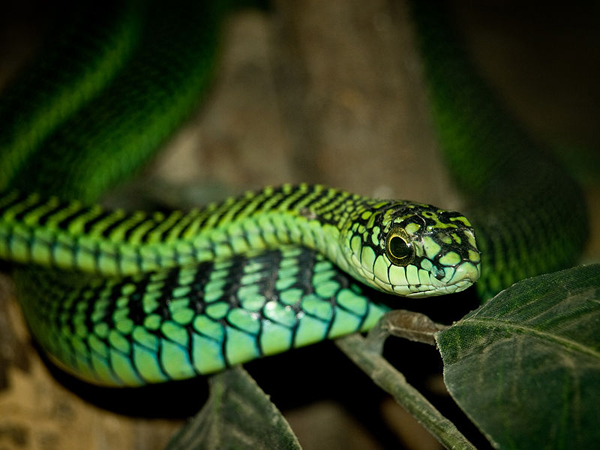
This small green venomous snake is found in Africa. Its bite can cause internal bleeding, external bleeding, headaches and even mental disorders. The boomslang's venom works slowly, which causes some victims to underestimate the seriousness of the bite. Photo: william warby

This sea snail from the Australian coast has harpoons filled with lethal venom. While it looks like a totally harmless creature, the Cone Shell has been known to kill people.

Bottlenose dolphins can grow 14 feet long and weigh 1,100 pounds. They're smart and extremely strong swimmers. Despite their friendly looks, dolphins can be aggressive and sometimes beat up and kill harbor porpoises. Dolphins aren't usually a threat to people, but male dolphins do sometimes attack people out of jealousy when females are around.

The snake is found in the Arabian Sea, Persian Gulf and seas around Australia. It has extremely powerful venom: four times stronger than a cobra's. It can grow up to five feet long and and its venom is strong enough to kill 50 people. Photo: insatiable

Jaguars are not known for attacking humans–in fact, they're rarely seen by humans. But the jaguar is still an apex predator and an expert at stalking and ambushing. Jaguars also have the most powerful bite out of any big cat. Photo: MarcusObal

This cobra isn't as big as the King Cobra, but its deadly none-the-less. This iconic snake's venom is strong enough to kill an elephant in only three hours. Bites to humans cause paralysis and death due to respiratory failure. Photo: freesnake.com

This African viper is known for its extremely long fangs. The snakes grow to about five feet in length and with each bite they deliver a huge dose of venom. But despite their terrifying appearance, the snakes are not overly aggressive compared to other large venomous snakes. Photo: Brimac
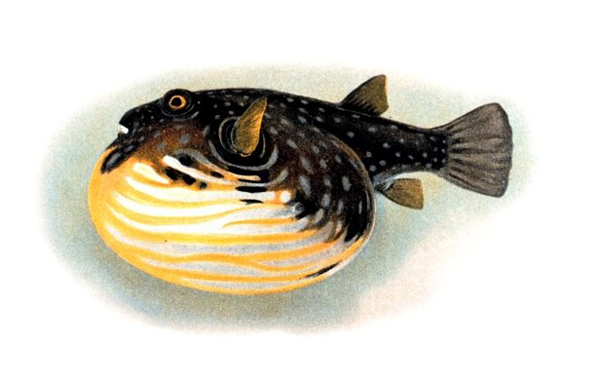
The puffer fish doesn't look very threatening, but keep your distance–it's one of the most poisonous animals on the planet. A sting from a puffer fish will result in difficulty breathing and possible death. Amazingly, some people eat these fish, but if the dish is prepared incorrectly it can be fatal.
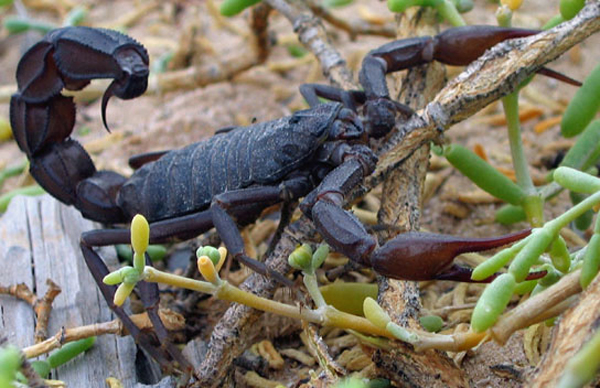
This is one of the deadliest scorpions on Earth, and they're found in the Middle East and Africa. They grow to about four inches long and are responsible for several deaths every year. Photo:ChrisO

This Australian spider has nasty fangs than can penetrate a shoe. They are known for being aggressive when provoked. Their venom is strong enough to kill a child in only 15 minutes. The spiders earned their name because they build funnel like burrows from their webs. Photo: Kim
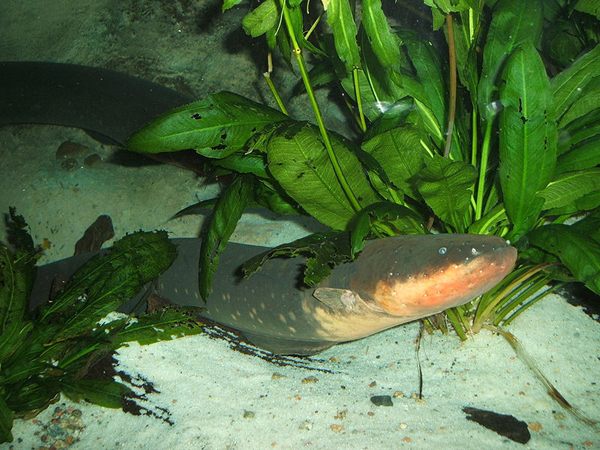
This species is actually a knifefish, not an eel. The fish can pack powerful electric shocks producing up to 500 volts at a time. This shock could be deadly to an adult human. Photo: Stevenj























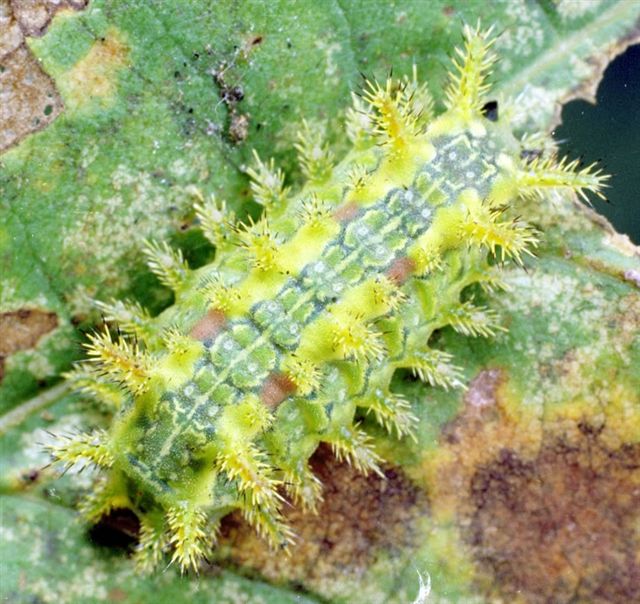






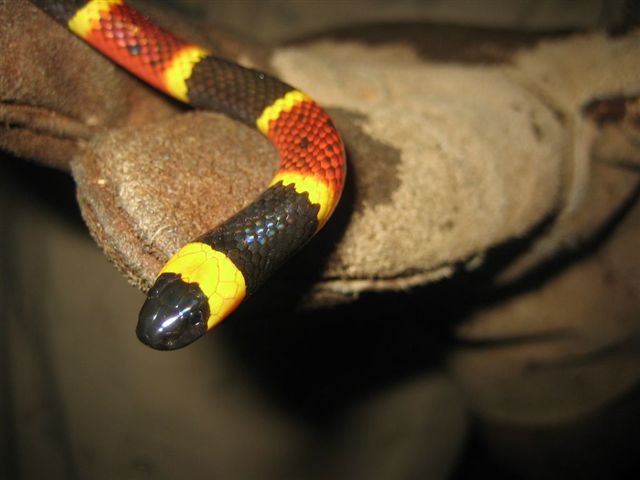
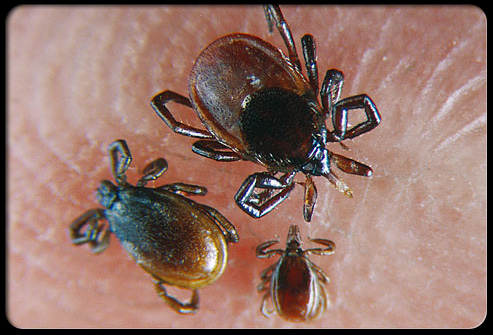











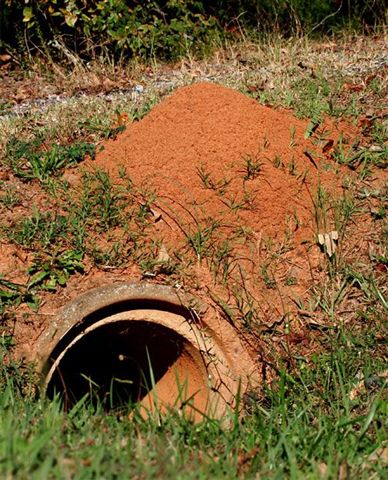


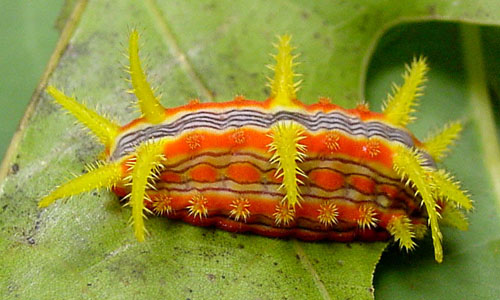
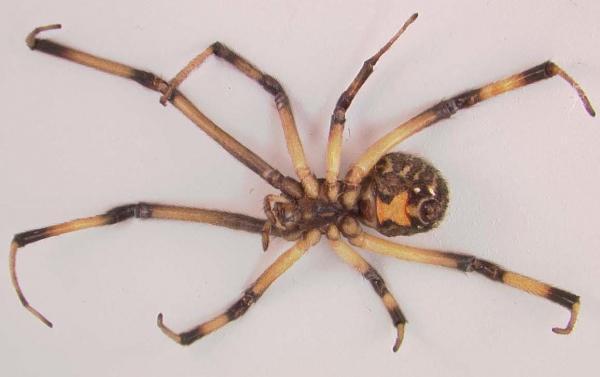

There are a lot of things that can kill you in the outdoors if you’re not careful. This list includes everything from dangerous big game to small snakes and spiders.





